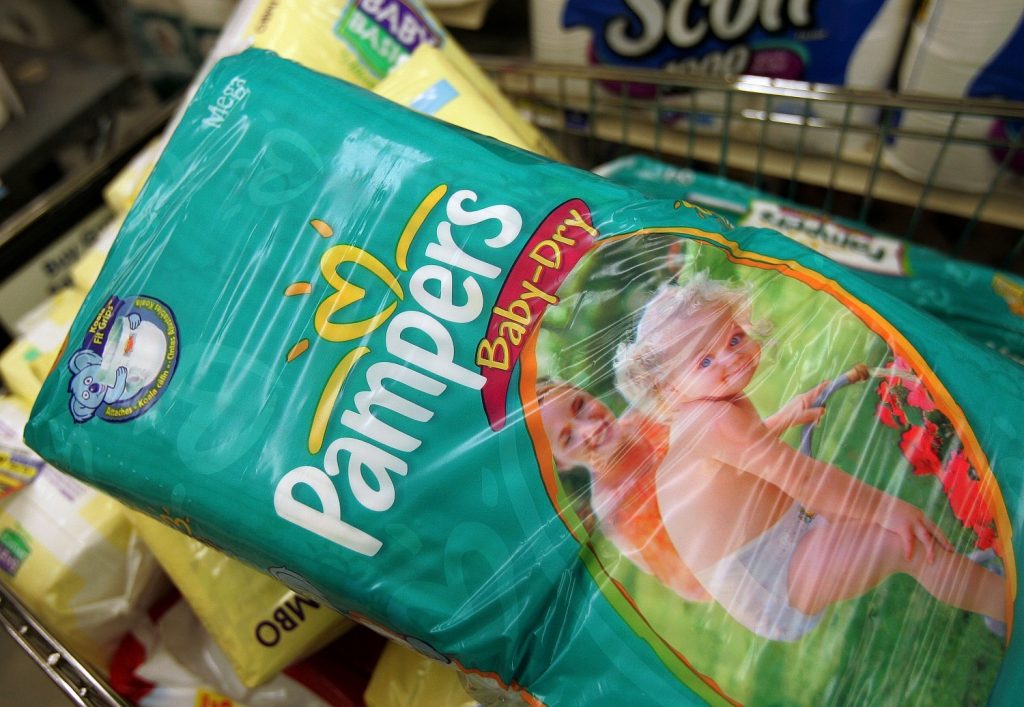Kelsey Shade is a mother of four young boys and a master at budgeting. She’s so good, in fact, that she keeps their household budget for a family of six under $300 a month. Seriously, I didn’t even know that was possible…but maybe I should reevaluate how much of my budget is swallowed up by Chinese takeout. If you’re in awe too, (and want to try and emulate this financial wizardry) here’s how she does it.
Before we start: the household budget only covers things like groceries and other typical household items. It doesn’t cover utilities, bills or the Shade’s weekly “date night” (which she says usually tops out at $15). Moving along…
Meal plan with finances in mind
We all know that meal planning is a great way to reduce impulse buys at the grocery store and keep you from wasting money on spoiled ingredients. But Shade adds another layer of thought to the process—how much all the ingredients cost.
“Any dinner within the $2-$5 range (that tastes good, obviously) I try to add to our regular rotation,” she writes on her blog, Organizing Life With Littles. “We eat the more expensive dishes as well, but not as frequently.”
If you’re looking for delicious, healthy recipes that won’t break the bank, one of my favorite food blogs is Budget Bytes. Everything I’ve made from there has turned out perfectly and the ingredient cost breakdown is incredibly useful. And if you need help making your own budget-friendly meal plan, there’s plenty of help on the web.
Stop going to the grocery store
This seems odd, but when you live close by, it can be tempting to stop by multiple times a week to pick up one little thing or another. Unsurprisingly, this adds up. Shopping less frequently requires more planning so that ingredients don’t go bad, but it’s absolutely possible.
“I like to shop once every two weeks and have my husband make a bread-and-milk stop during the weeks in between,” Shade writes. “Dinners with the more perishable ingredients are eaten during the first week, but most ingredients will last for two without a problem.”
Shade stresses that it’s crucial to leave a little cushion in the budget for those in-between weeks—she allocates $20, even though bread and milk only costs them about $8. But as she says, you don’t want to be stuck needing something crucial (like Tylenol or more diapers) and not have that money in your budget.

Go green
Green as in the environment, green as in money—it all basically comes down to the same thing. Shade has switched to reusable cloth diapers for her sons instead of the pricey disposable ones.
They’ve cut their use of laundry soap in half, meted out body wash (although she recommends you use as much as you need to get clean…please don’t be smelly just to save a couple bucks!) and switched entirely to cloth towels and napkins.
Shade also recommends learning how to make the most expensive things you buy yourself. But she also says to keep things in perspective: gardening can be extremely pricey and time-consuming when you factor in the costs of buying the seedlings, fertilizer, gardening tools and everything else. If you already love to garden (and are good at it!) you might find that’s a good way to save money.
Even if you can’t have an entire plot, keeping a basil plant in a sunny windowsill will save you a $3 every time you want to make pesto. Since I make pesto a lot, it really adds up!










